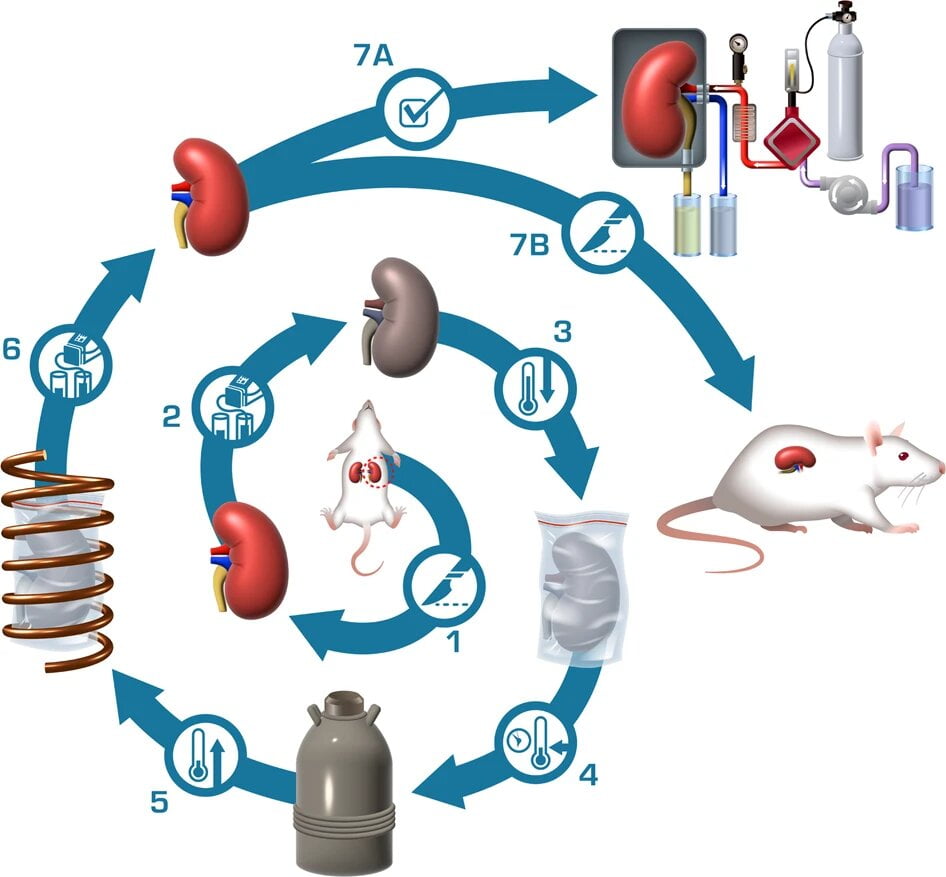The mere mention of asbestos evokes fear, and rightfully so. This insidious mineral, once widely used for its insulating properties, now haunts us with its legacy of deadly diseases. But amidst the fear, a crucial question arises: how long does asbestos stay in the air? Understanding this invisible threat’s lifespan is key to protecting ourselves and our loved ones.
The Elusive Nature of Asbestos Fibers
Unlike dust particles that quickly settle, asbestos fibers are microscopic needles, incredibly thin and light. This characteristic allows them to remain airborne for extended periods, often defying gravity and lingering in the air for hours, even days, after disturbance.
Factors Dictating Airborne Lifespan
The duration of an asbestos fiber’s airborne dance depends on several factors, weaving a complex tale of environmental influence:
- Type of asbestos: Different asbestos varieties possess varying degrees of fragility. Friable asbestos, easily crumbled and releasing fibers, poses a much greater threat than non-friable types.
- Disturbance level: The intensity of activity plays a crucial role. Vigorous movements like demolition or sanding send a flurry of fibers airborne, extending their reign in the air compared to minimal disruptions.
- Air currents and ventilation: A well-ventilated room with good air circulation helps settle fibers faster, while stagnant air becomes their playground, allowing them to linger for longer.
- Temperature and humidity: Warm, humid environments generally see faster settling due to increased particle movement and moisture’s adhesive properties.
- Particle size: Smaller fibers, due to their miniscule size, stay airborne longer, posing a more significant health risk.
The Grim Reality of Asbestos Exposure

While the exact time asbestos hangs around in the air remains elusive, even brief exposure can have dire consequences. These microscopic needles, once inhaled, lodge themselves deep within the lungs, causing scarring and inflammation over time. This insidious process can lead to a range of devastating diseases, including:
- Asbestosis: A chronic lung condition characterized by scarring and breathlessness.
- Lung cancer: Asbestos fibers significantly increase the risk of developing lung cancer, even in non-smokers.
- Mesothelioma: A rare and aggressive cancer of the lung lining and abdominal cavity, almost exclusively caused by asbestos exposure.
Combating the Airborne Threat
The knowledge of asbestos’s airborne persistence empowers us to take proactive steps toward safety. Here are some crucial measures to minimize exposure:
- Identify and contain: If you suspect the presence of asbestos in your home or workplace, immediately seek professional assessment and containment measures.
- Disturb not: Avoid activities that disturb asbestos-containing materials, like drilling or sanding. Opt for professional removal by certified personnel if necessary.
- Seal and isolate: If removing asbestos isn’t feasible, seal off the area containing the material to prevent fiber migration.
- Ventilate effectively: Ensure proper ventilation in potentially exposed areas to encourage faster settling of fibers.
- Protective gear is key: Wear appropriate respiratory protection during any activity that might release asbestos fibers.
Embracing Knowledge and Action
Understanding the complexities of asbestos’s airborne lifespan is a crucial step toward safeguarding ourselves and our communities. Remember, knowledge is power, and armed with this information, we can make informed decisions to minimize exposure and protect our health.
For further exploration and actionable steps, we recommend consulting these authoritative resources:
- Environmental Protection Agency (EPA): https://www.epa.gov/asbestos
- World Health Organization (WHO): https://www.who.int/teams/environment-climate-change-and-health/chemical-safety-and-health/health-impacts/chemicals/asbestos
- National Cancer Institute (NCI): https://www.cancer.gov/
- Asbestos National Service Provider Accreditation (ANSPA): https://nepis.epa.gov/Exe/ZyPURL.cgi?Dockey=9101W80V.TXT
FAQs about How Long Asbestos Stays in the Air
How long does asbestos stay in the air?
Unfortunately, there’s no single answer. It depends on a complex interplay of factors like the type of asbestos, disturbance level, air currents, temperature, and particle size. Generally, expect fibers to linger for hours, even days, after disturbance, especially in still air. Smaller fibers pose a greater risk due to their longer airborne lifespan.
Does all asbestos in the air pose a threat?
Not all airborne asbestos is equally dangerous. The friable types, easily crumbled and releasing fibers, are much more problematic than the non-friable varieties. Additionally, the amount of inhaled fibers plays a crucial role in determining health risks. Brief exposure may not be as hazardous as prolonged or repeated exposure.
Should I panic if I suspect asbestos in my home?
While caution is essential, panic isn’t productive. If you suspect asbestos, avoid disturbing the material and immediately seek professional assessment and containment measures. Certified professionals can accurately identify the type of asbestos and implement safe removal or containment protocols.
Can I remove asbestos myself?
Not! Attempting DIY asbestos removal is extremely dangerous and can significantly increase the risk of exposure. Asbestos fibers are microscopic and easily inhaled, so proper protective gear and specialized removal techniques are crucial. Leave it to the professionals trained and equipped to handle this hazardous material safely.
I think I was exposed to asbestos. What should I do?
If you suspect past exposure, consult your doctor. While symptoms of asbestos-related diseases like asbestosis and mesothelioma often take decades to develop, early detection and intervention are crucial. Your doctor can advise on appropriate medical tests and monitoring strategies.
How can I prevent future exposure to asbestos?
Knowledge is power. Stay informed about asbestos-containing materials in your home and workplace. If unsure, err on the side of caution and seek professional assessment. Proper ventilation, minimizing disturbance of potentially containing materials, and wearing appropriate protective gear during any potentially risky activities are important preventive measures.


